Dual Flush vs Single Flush Toilets: NZ Buying Guide 2025

Dual-flush vs. Single-flush Toilets: How Can New Zealand Families Avoid Buying Pitfalls?
[How many of these frustrations have you experienced?]
- Your hand trembles when you receive your water bill—even though no one at home wastes water, your bill is 30% higher than your neighbor's.
- After a guest uses the restroom, you hear the "h... In New Zealand, water bills are high and new water conservation regulations are constantly being implemented. Choosing the wrong one not only hurts your wallet but also significantly reduces your quality of life.
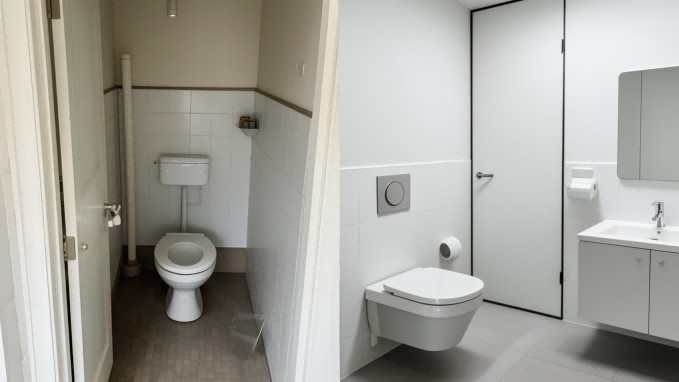
Why are New Zealand families quietly phasing out single-flush toilets?
This isn't about saving water, but rather survival wisdom in a cost-of-living crisis.
With Auckland's water bills skyrocketing 42% in three years and pipe bursts becoming a regular occurrence in Wellington's old town, New Zealanders are finally realizing:
Every time you flush the toilet, you're throwing away real money.
The cruel economics of dual-flush toilets
Small flush button = save $1.50 (3L of water)
Large flush button = save $3 (6L of water)
Based on eight flushes per day, a single-flush toilet costs an extra $876 in water bills annually (Source: Watercare 2023 Annual Report)
Your toilet is revealing flaws in your lifestyle.
✓ The guilt of waking your baby with a late-night flush
✓ The sound of a guest pretending not to hear the flush after using the toilet
✓ The Eternally Unexplained "Abnormal Water Usage" on Your Water Bill
"I Switched to a Dual-Flush Toilet and Realized I'd Overpaid $4,000 in Water Bills Over the Past Ten Years"
—Greg, an owner of an old Christchurch villa, shared 2,300 times on Facebook
[Real Pain Points Solved]
No More Repeated Flushing for "Incomplete Flushing"
The efficient water flow design eliminates the awkward "one flush isn't enough, so you have to flush again" feeling.
A Safe Choice Amid Environmental Pressures
Meets WELS's high-star water efficiency standards, eliminating the need to worry about regulatory oversights when new policies are rolled out.
[Your Money Is Being Quietly Flushed Away by Your Toilet]
"Do Dual-Flush Toilets Really Save Money? Or Are They Just a Scam?"
→ Auckland Water Data: The average household sees an 18%-25% reduction in water bills after switching to a dual-flush toilet.
The Hidden Costs of Single-Flush Toilets
The Hidden Costs of "Powerful Flush":
- A Nightmare for Old House Drainage Systems: A sudden surge of water can cause pipe backflow (especially in pre-1970 buildings, where cast iron pipes are more prone to siltation and blockage).
- A Silent Drain on Your Wallet: Each flush wastes 9-12 liters of water, equivalent to the cost of three cups of coffee (based on average New Zealand water prices).
- The Embarrassment of Waking Up the Whole Family Late at Night: Traditional flushdowns can be as noisy as 75 decibels, comparable to a vacuum cleaner—your toilet routine becomes a family alarm clock.
True "powerful flush" should be:
✔ Precise and Efficient - A thorough flush with minimal water, rather than a mindless flood.
✔ Quiet and Stable - Noise-inducing, especially suitable for bedrooms with ensuite bathrooms.
✔ Plumbing-friendly – Avoid brute-force flushing to avoid overloading aging drainage systems.
(Water New Zealand data shows over 5,000 calls annually for blockages in Auckland due to excessive toilet flushing – can your drainage system really handle this kind of "violent flushing"?)
3 fatal problems that expose your toilet's vulnerability
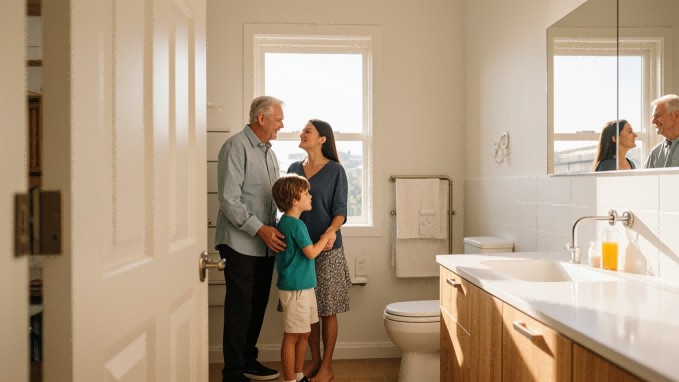
"Every flush costs money?"
→ A single-flush toilet flushes 12 12L bottles of mineral water per flush, while a dual-flush flush uses only 3L – A real-world Auckland household pays an extra $200 in water bills annually.
"How many times has flushing the toilet late at night been like thunder? How many times has it woken my family?"
→ Old-flush direct-flush toilets can be as noisy as 75 decibels (about the volume of a vacuum cleaner), while high-quality dual-flush toilets are only 35 decibels (the volume of a whisper) – a must-read for sleep-sensitive families.
"Are you prepared to spend $300 on a plumber next time your pipes clog?"
→ A single flush relies on a "flood" to flush away waste, while a dual-flush siphon technology actually sweeps away residue (reducing clog rates by 40%).
Save $200 on a cheap toilet now? You'll spend $2,000 more in 10 years!
(Water bill + repair costs + sleep loss)
Special warning:
You must choose a dual-flush toilet if:
✓ Your water bill exceeds $150 for three consecutive months
✓ Your bathroom and bedroom share a wall
✓ The municipal water rate is increasing by 5% annually (implemented in Auckland in 2024)
"Every flush used to feel like I was throwing money away—now my water bill is $50 off. Best of all, I don't have to tiptoe to the bathroom in the middle of the night." — Sarah, a Wellington office worker and mother of three
Must-read buying advice for New Zealand families
- Don't just compare price! Prioritize WELS water efficiency ratings (4 stars and above). Long-term water savings equals money savings.
- Measure your home's pipe diameter and water pressure first to avoid problems with your new toilet installation or flushing problems.
- Test the flushing sound and force on-site, especially for those who are sensitive to nighttime water use.
[Real Problems - Quick Q&A on New Zealand Home Toilets]
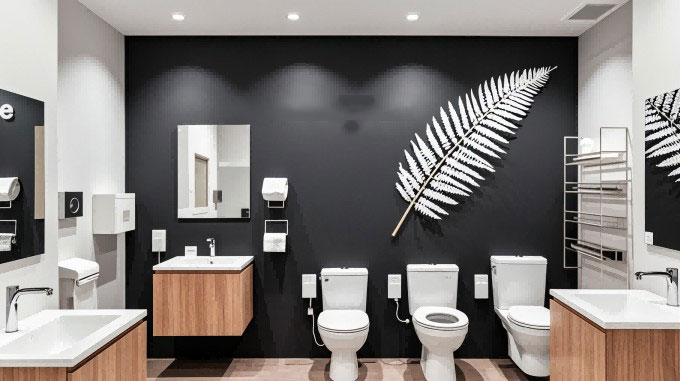
Q1: Why is my new dual-flush toilet not flushing properly after six months? Was I scammed?
A: Don't worry! 80% of these problems stem from two hidden causes:
- Hard water deposits clog the drain hole (especially in hard water areas like Hamilton).
- Aging the water inlet valve causes insufficient water pressure (a common problem if the inlet valve hasn't been maintained for more than two years).
✔ Immediate Action: Soak the drain hole in vinegar for one hour. Also, check the water inlet valve pressure (it should be ≥ 0.8 MPa).
Q2: Will replacing the toilet in a 1910s villa require removing floor tiles?
A: We just handled a case involving a 1920s-era house in Ponsonby:
Solution: Choose a "full-enclosed" base design (such as the Mizu Heritage series).
Key Point: Ensure the center of the drain outlet is ≥280mm from the wall (a special dimension for older homes).
Note: Lead pipes pre-1940 must be replaced simultaneously (with a government subsidy of up to $2,000).
Q3: How can I completely remove the black mold around the button? Brushing it weekly is too much of a pain!
A: Try the builder's secret cleaning method:
- Turn off the water supply and remove the button assembly.
- Soak in a 1:1 mixture of white vinegar and hot water for 30 minutes.
- Use a cotton pad wrapped in a toothpick to clean the gap.
Warm Reminder
For more practical New Zealand tips, please visit the NZ Homeware toilet section or contact our bathroom experts at any time!
Please Visit The NZ Homeware Toilet Section

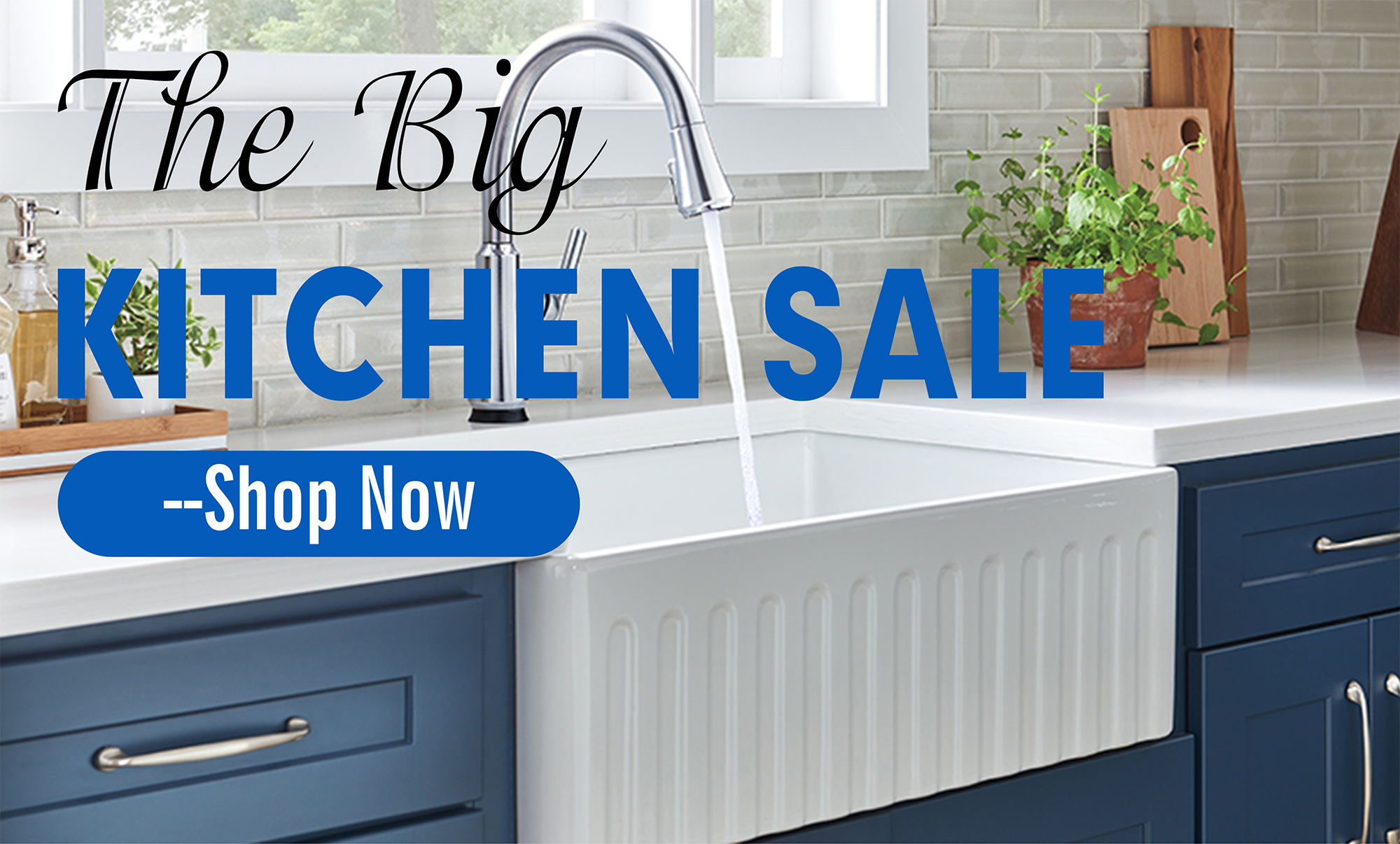



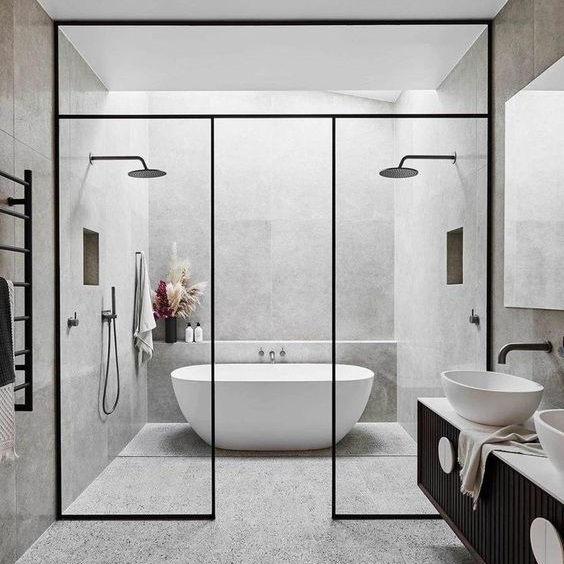
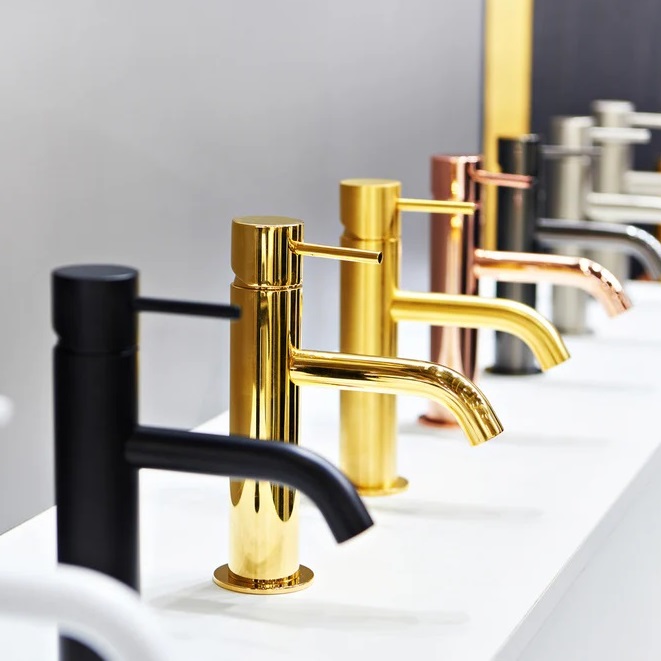
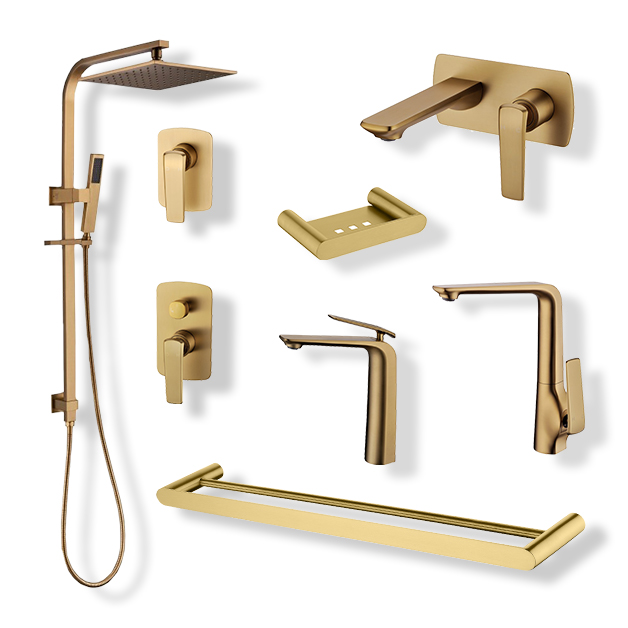


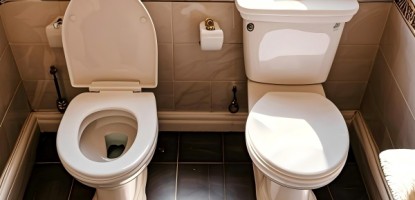


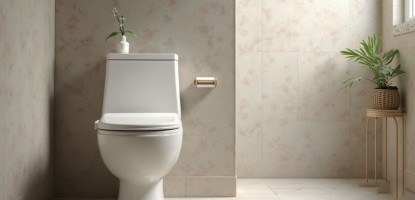

Leave a Comment